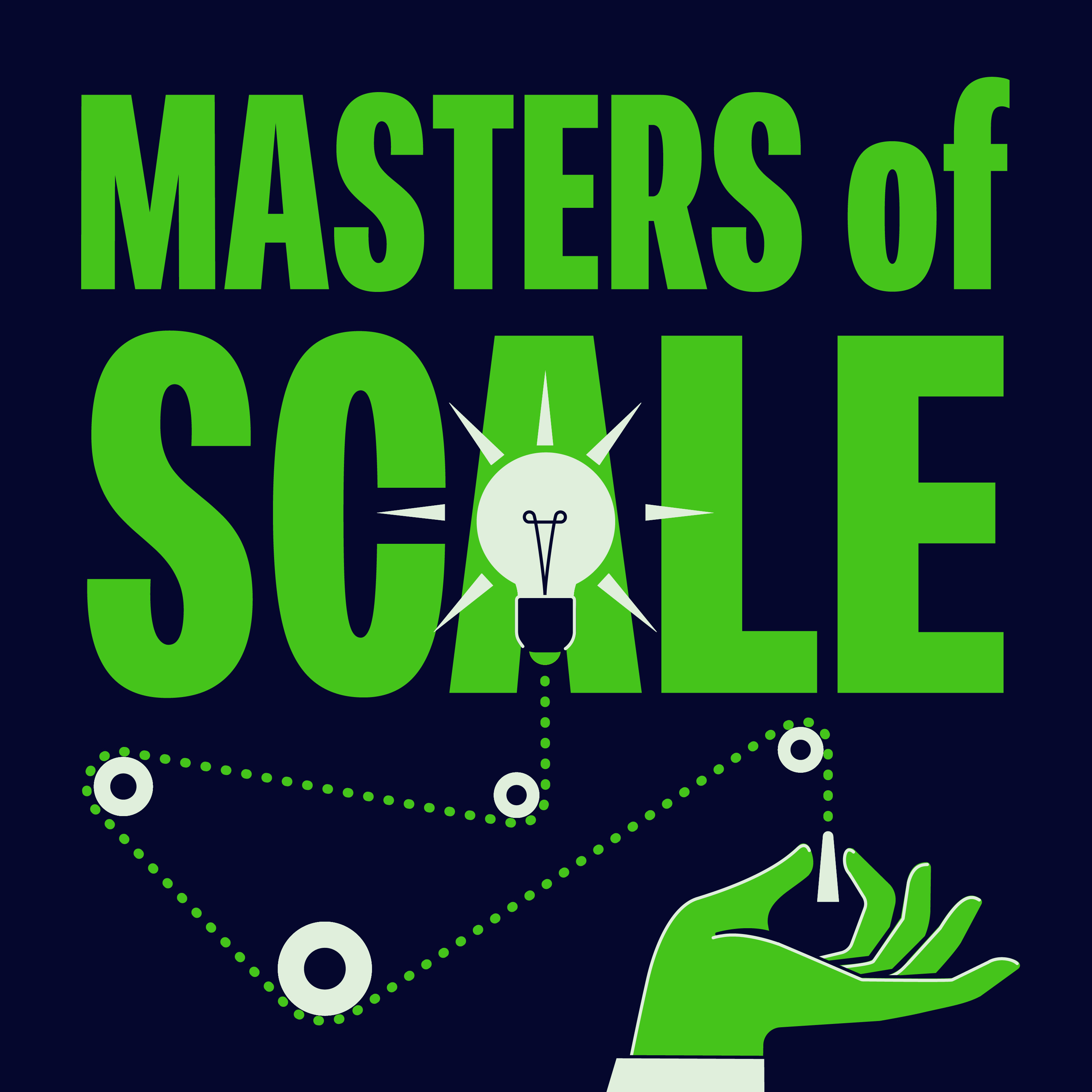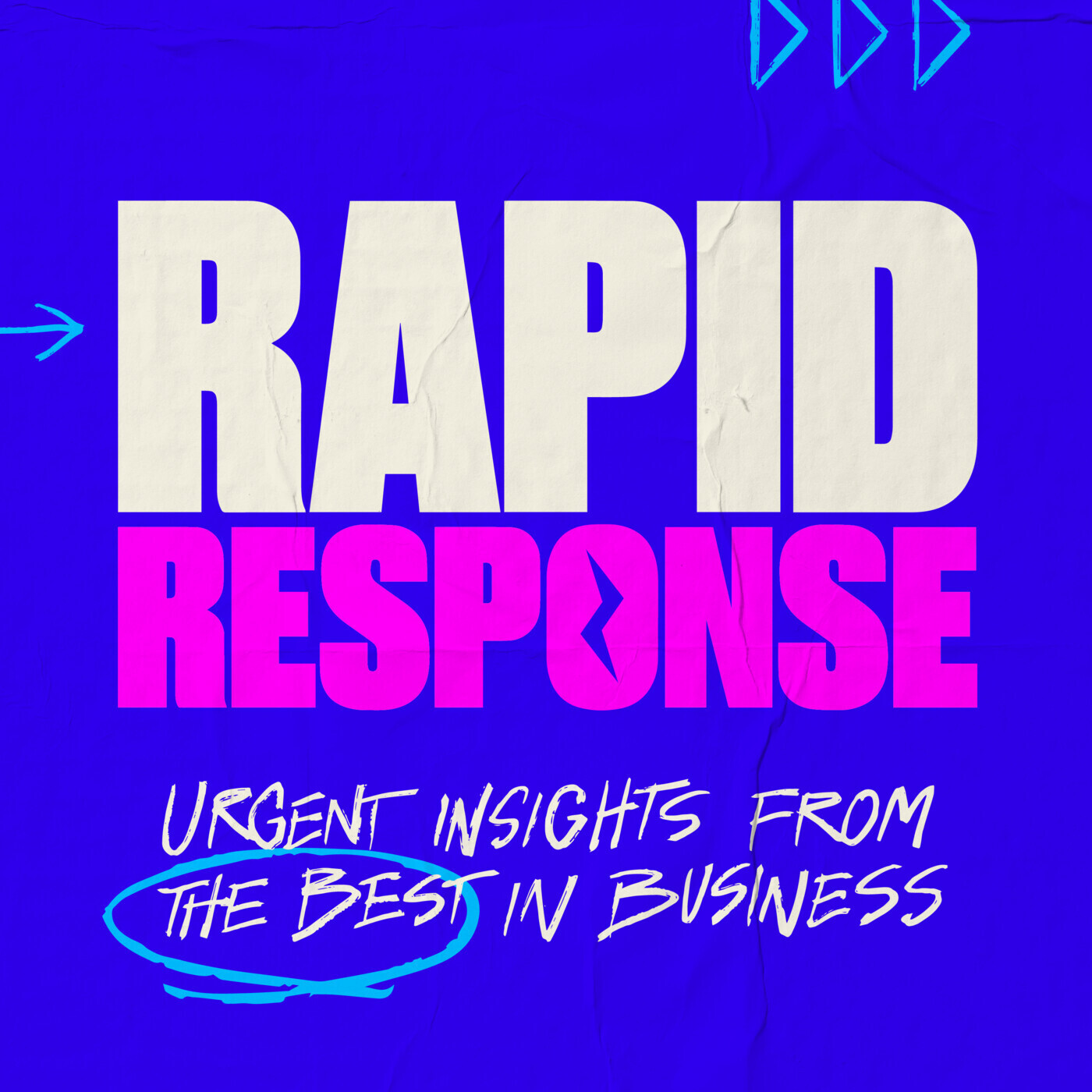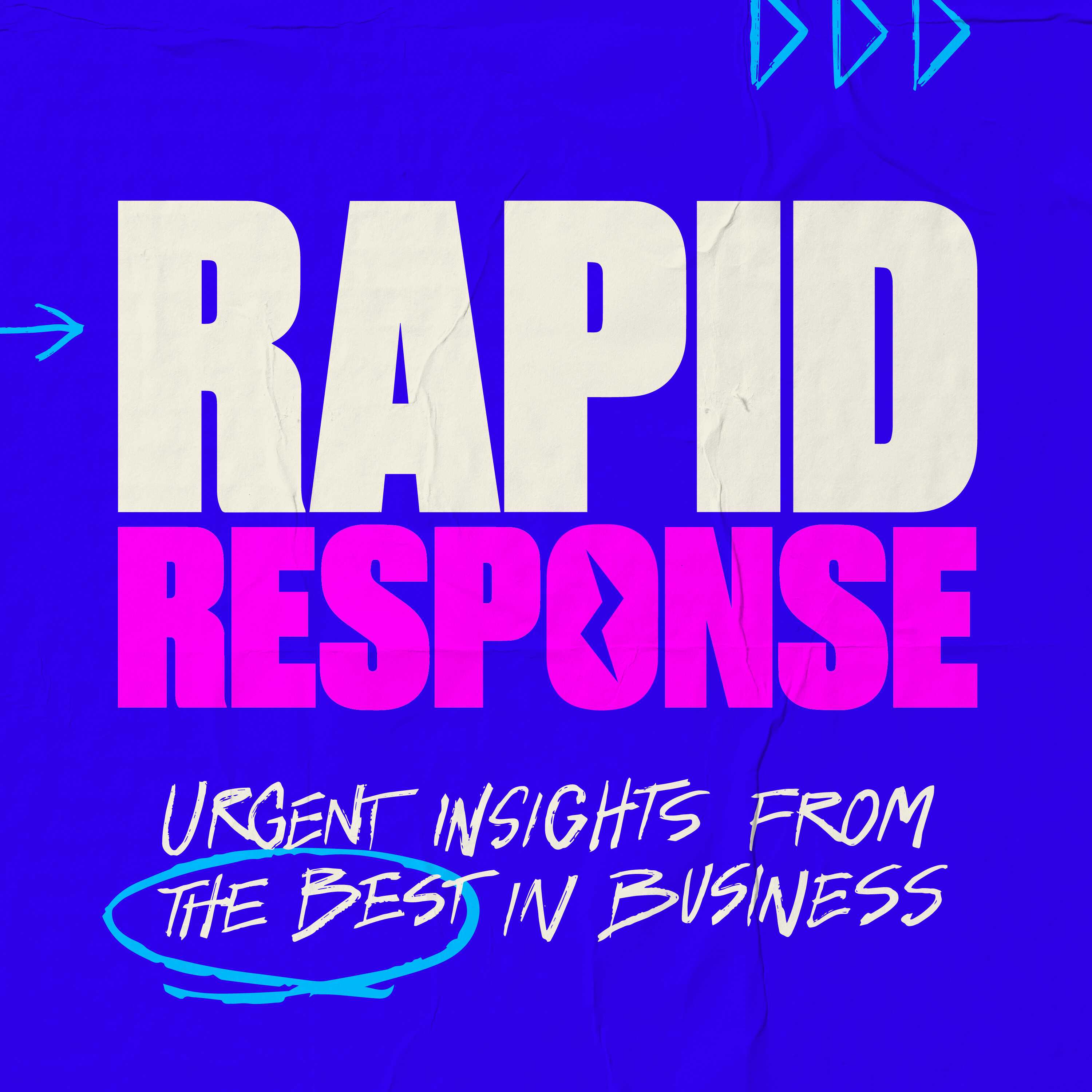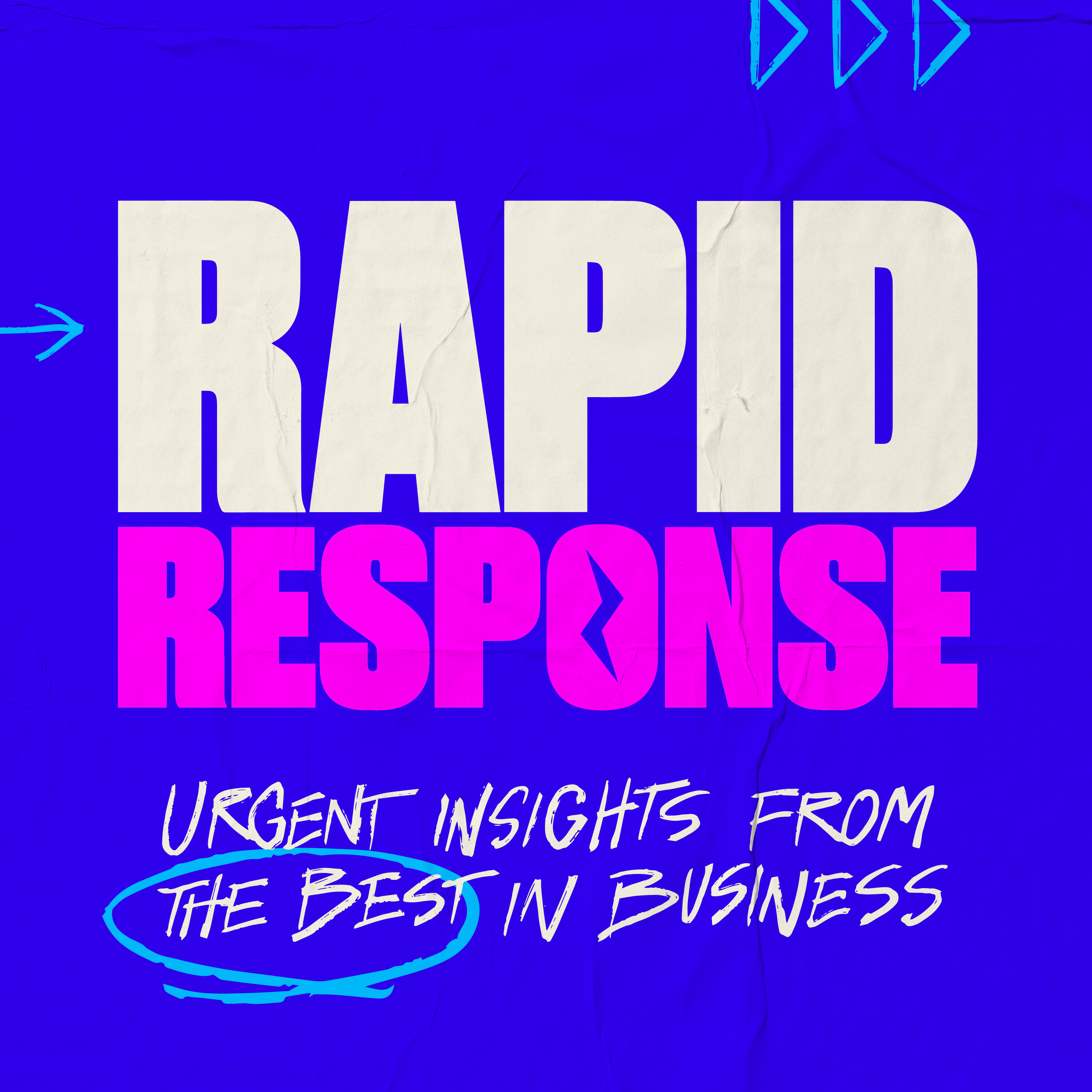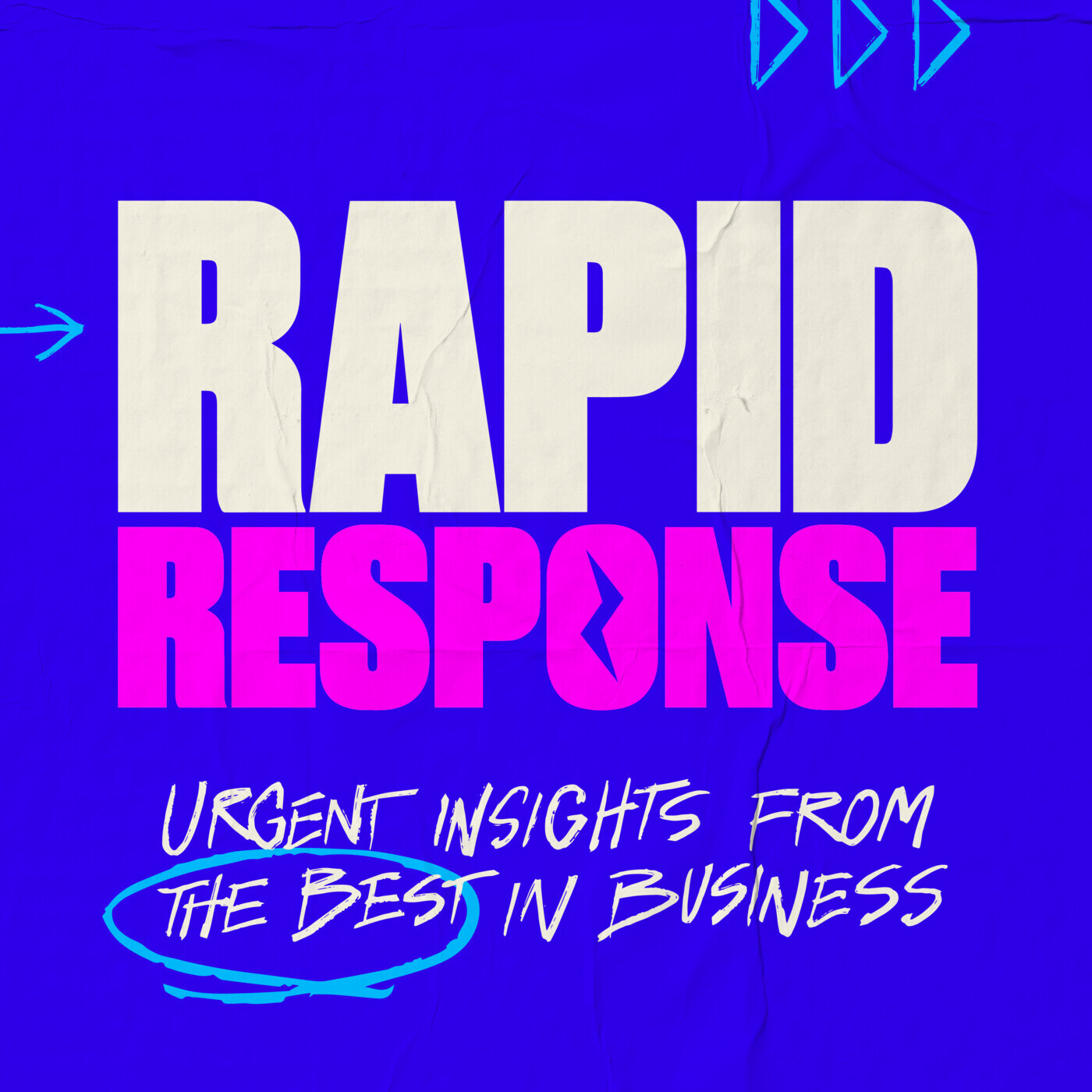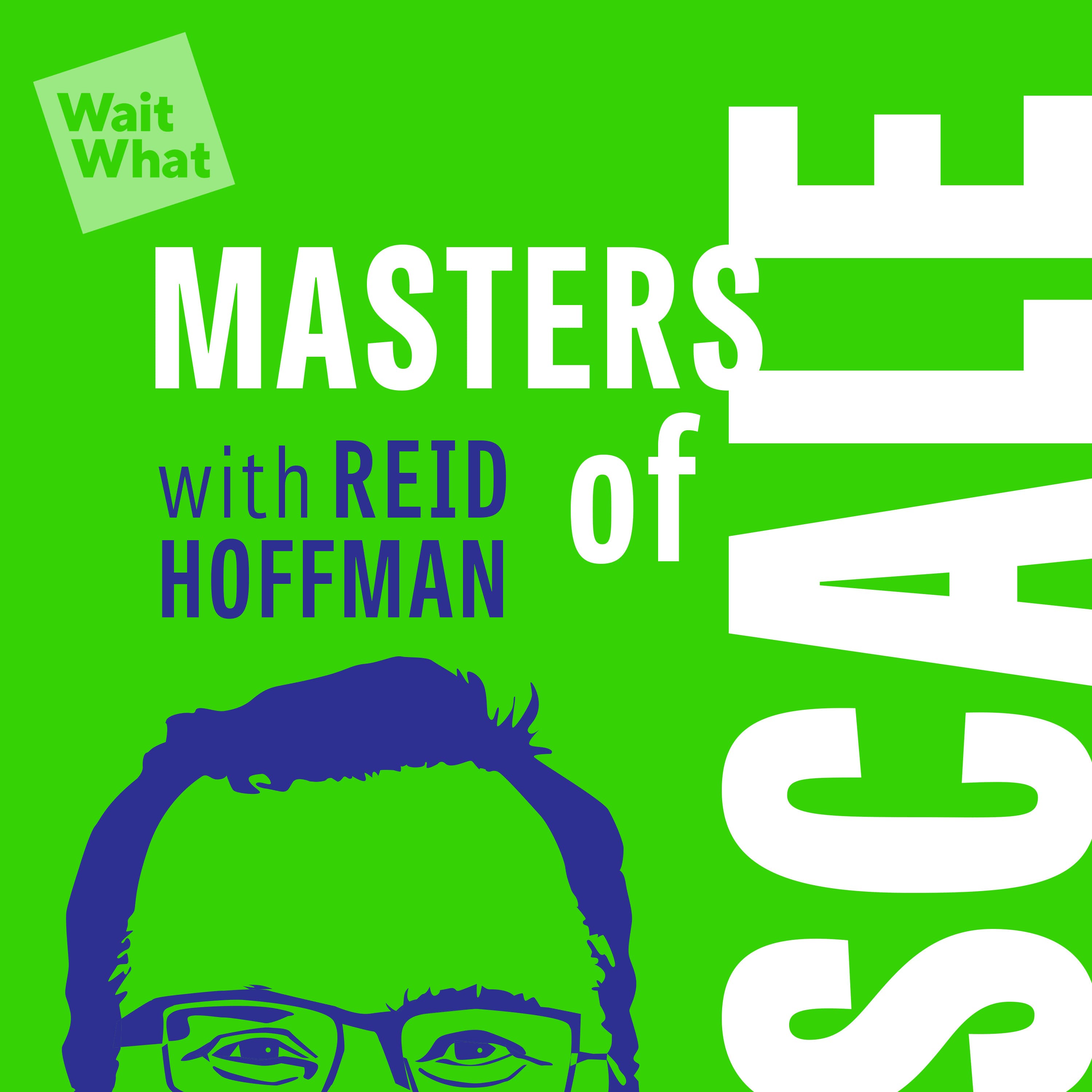
November 14, 2024 • 31min
How to grow a greener energy grid, with Octopus Energy’s Greg Jackson
Masters of Scale
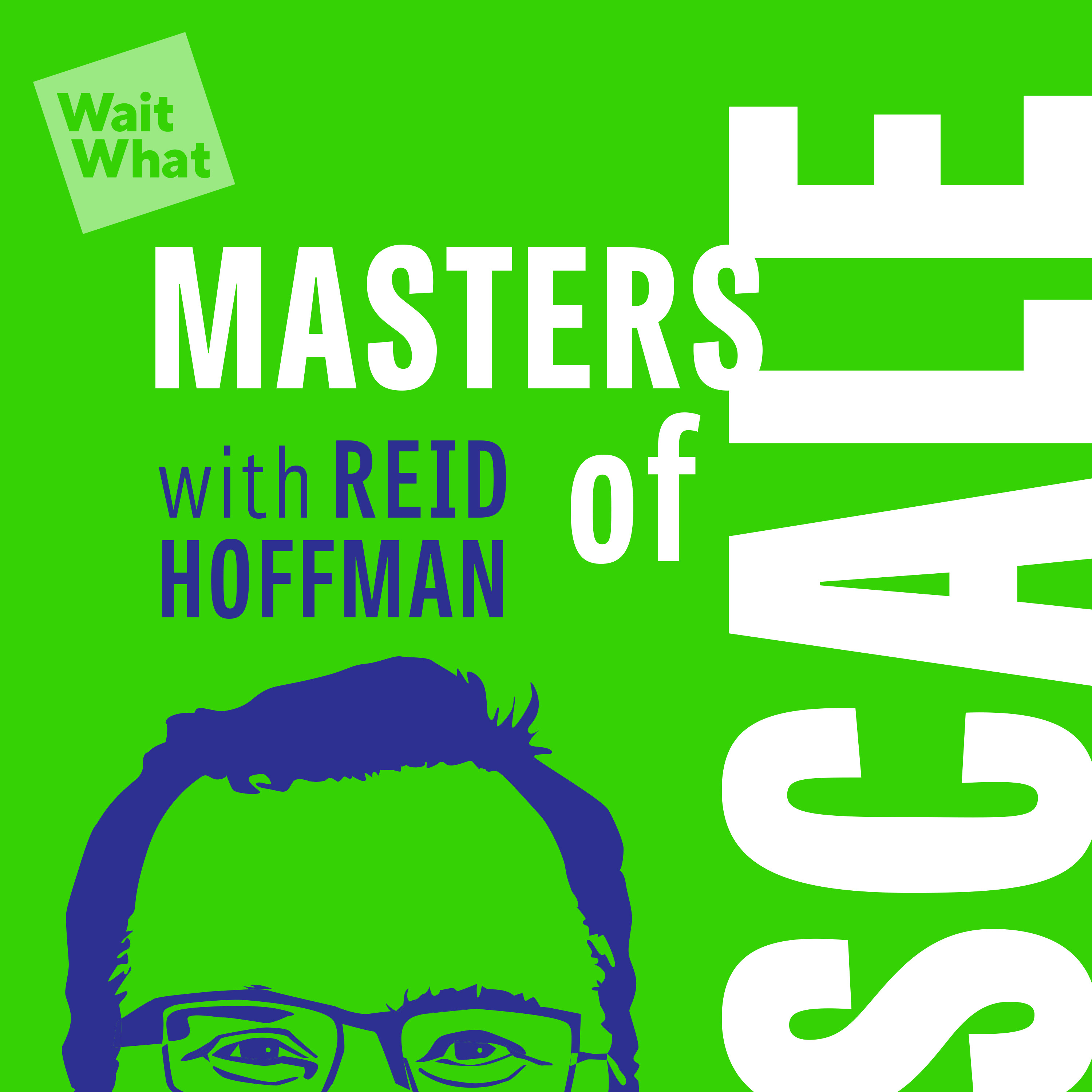
Key Takeaways
- Octopus Energy has scaled to $20 billion in revenue by disrupting the traditional energy sector with innovative technology and customer-centric solutions
- Their proprietary software platform Kraken now powers over 50% of the UK energy market by licensing to competitors
- Key innovations include:
- Offering cheaper energy rates during peak renewable production times
- Smart EV charging optimization making electric vehicles 7x cheaper to run
- Zero energy bill guarantees through smart home optimization
- The transition to renewable energy requires modernizing grid infrastructure, regulatory reform, and overcoming entrenched industry interests
- Success factors include:
- Building culture tolerant of innovation and failure
- Starting with customer experience and working backwards
- Rapid testing and iteration of new ideas
Introduction
Greg Jackson founded Octopus Energy to transform the energy sector through technology and customer-centric innovation. What started as a software company building enterprise tools for utilities evolved into both a major energy provider and a technology platform powering competitors. This episode explores how Jackson built and scaled this dual business model while advancing the transition to renewable energy.
Topics Discussed
Origins and Early Motivation (03:02)
Jackson's interest in energy and environmental issues started early, joining Greenpeace at age 15. Growing up in a low-income household walking everywhere, he developed an acute awareness of pollution inequality - some create it while others bear the burden.
- Three key drivers led to founding Octopus:
- Poor customer service from traditional utilities
- Passion for environmental impact
- $2 trillion market running on decades-old technology
- "I care about the environment. I joined Greenpeace when I was 15 and having built and sold some businesses, had this opportunity to try and do something at scale that might actually make a difference" - Greg Jackson
Building the Initial Business Model (08:14)
The company started by trying to sell enterprise software (Kraken) to energy companies but faced resistance from conservative incumbents. This led to launching Octopus Energy as a proof-of-concept customer.
- Key early decisions included:
- Focusing on superior customer service vs. just lowest price
- Street fighting for first million customers through direct sales
- Building strong referral programs
- Growth metrics:
- 7.1 million customers in UK
- 2 million international customers
- $20 billion in revenue
Technical Innovation and Smart Energy Solutions (14:25)
Octopus developed sophisticated optimization technology to maximize renewable energy usage and minimize costs.
- Key innovations include:
- Dynamic pricing based on renewable availability
- Smart EV charging making electric vehicles 7x cheaper to run
- Zero energy bill guarantees through home optimization
- Technology capabilities:
- Processing 5 billion data points daily
- Managing 1.3 gigawatts of smart EV charging
- Real-time optimization of home energy systems
- "We're not just moving from a brown caterpillar to a green caterpillar. It's like going from a brown caterpillar to a butterfly. We're fundamentally changing the way it works." - Greg Jackson
Licensing Technology to Competitors (19:09)
Despite initial board concerns about giving away their "secret sauce," Jackson pursued licensing Kraken to competitors.
- Strategic rationale:
- Technology innovation will be copied eventually
- Better to lead and profit from industry transformation
- Kraken works like an operating system allowing differentiation
- Results:
- Now powers over 50% of UK energy market
- Rapid international expansion
- Drives continuous improvement at Octopus
US Market Challenges and Opportunities (23:33)
Jackson sees massive opportunity but significant structural challenges in the US market.
- Key barriers include:
- Regulatory structures focused on cost-plus models
- Lack of incentives for efficiency and innovation
- Old technology making rapid iteration impossible
- Required changes:
- Modernizing core systems
- Creating space for experimentation
- Aligning utility and regulator incentives
Future Outlook (28:40)
Jackson maintains optimism about renewable energy transition while acknowledging significant challenges.
- Reasons for optimism:
- Battery costs falling 13% annually
- Solar costs down 50% in 18 months
- Smart tech enabling 40% more grid capacity
- Key challenges:
- Entrenched industry interests
- Regulatory barriers
- Need for faster transition than tobacco industry parallel
- "The solutions to the problem are cheaper than the problem" - Greg Jackson
Accelerating Change (31:02)
Jackson points to China's rapid transformation as an example of what's possible with clear leadership and policy support.
- China's progress:
- 54% of new car sales are electric
- Dramatic air quality improvements in major cities
- Complete transformation of urban transport
- Western challenges:
- Industry lobbying maintaining status quo
- Risk of falling behind technologically
- Need for brave leadership
Conclusion
Greg Jackson and Octopus Energy demonstrate how technological innovation combined with customer-centric thinking can drive rapid transformation in even the most traditional industries. Their dual business model of energy provider and technology platform has enabled them to scale impact beyond their direct customer base. While significant challenges remain in accelerating the renewable energy transition, particularly in markets like the US, Jackson makes a compelling case that the economic and technical solutions already exist - what's needed now is the political and corporate will to implement them at scale.
